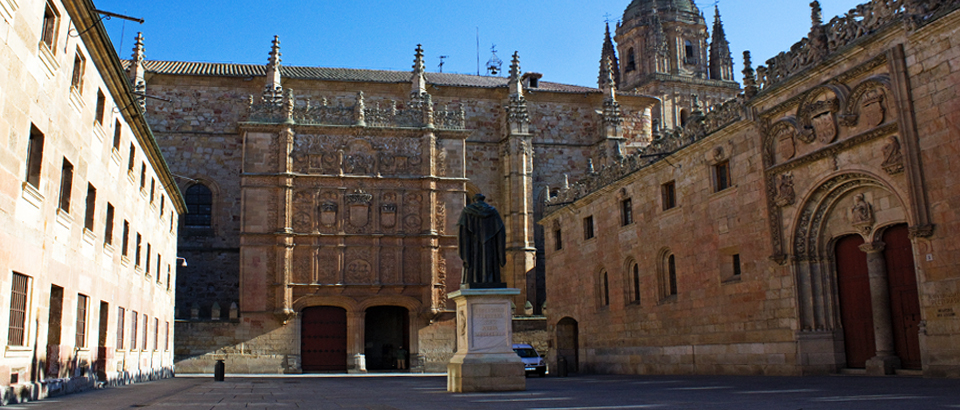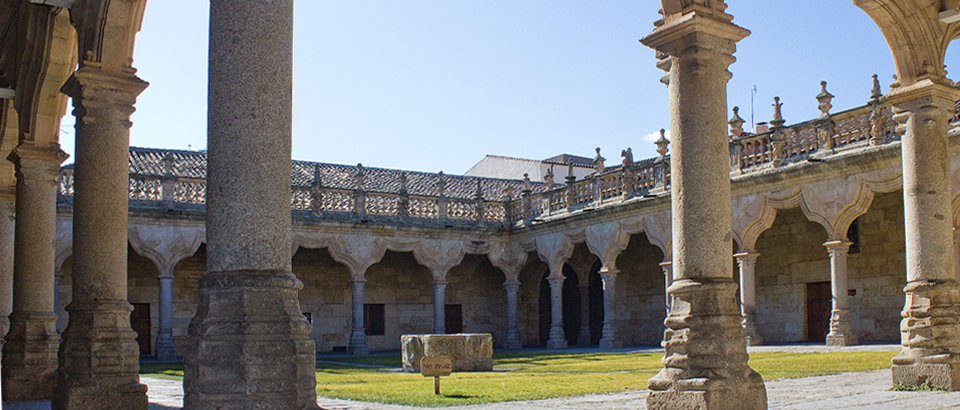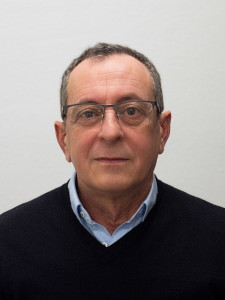Professor of Analytical Chemistry
DIRECTOR OF RESEARCH GROUP
Department of Analytical Chemistry, Nutrition and Food Science
Faculty of Chemical Sciences
Phn: (34) 923 294 500 ext: 1542
Office C1117
email: jlpp@usal.es
 |
  |
My research activity began in 1983 with the completion of the undergraduate thesis under the direction of Prof. Bernardo Moreno Cordero; The objective of the work was to study the sorption of synthetic food dyes on Polyclar AT; Obtaining a FPU scholarship allowed me to undertake the completion of the doctoral thesis in which flow injection methods were developed for the determination of rare earths. The incorporation of some graduates to carry out theses (using spectrophotometric methods) constituted the origin of the research group of which I have been a part since then. From this period, the development of spectrophotometric methods for the determination of thorium and uranium in collaboration with the mining operation that ENUSA had in Saelices El Chico (Salamanca) and that were used until its closure, should be highlighted.
Obtaining a scholarship from the research staff mobility plan allowed me to do a stay in Seattle at the University of Washington where I worked with Professors Gary Christian and Jaromir Ruzicka. From this stage we can highlight the work in separation processes through membranes, the use of chemiluminescence and contact with the industry, since analysis methods were developed for the Shell company; An FIA method for the determination of phenols in fuels was installed by me in the laboratories of this company in Houston.
The group began to work with liquid chromatography with photometric, spectrofluorimetric and electrochemical detection. Surfactants were used in different applications and the group was one of the pioneers in the use of the cloud point separation methodology.
In 1999, the use of so-called electronic noses based on metal oxide sensors was addressed and methods for the characterization and classification of vegetable oils and for the detection of adulterations in olive oil were developed. Subsequently, work began with an electronic nose based on mass spectrometry and gas chromatography with detection by mass spectrometry and electronic capture. The lines of research were expanded and methods were developed in fields such as agri-food, environmental and biomedical, among others. The common characteristic has been the simplification of the sample treatment steps by using schemes in which processes of separation through membranes, generation of headspace and microextraction with packed sorbents have been used.
A characteristic of my research career is having addressed methodological developments that, at the time, were little explored. They can highlight the use of the cloud point phenomenon and the use of electronic noses based on mass spectrometry.
Throughout my research career I have had the opportunity to collaborate with foreign groups such as Professors Forina, in Italy, Brereton and Legido-Quigley in the United Kingdom, Riekkola in Finland, Möder and Baumann in Germany and Buszewski in Poland .
The group has been financed continuously since its inception through university, regional and national projects and is a Research Group Recognized by the University of Salamanca (GIR 87, Director: José Luis Pérez Pavón) and a Consolidated Research Unit of the Board of Castilla y León (UIC 282, Director: José Luis Pérez Pavón).







 Spanish
Spanish English
English